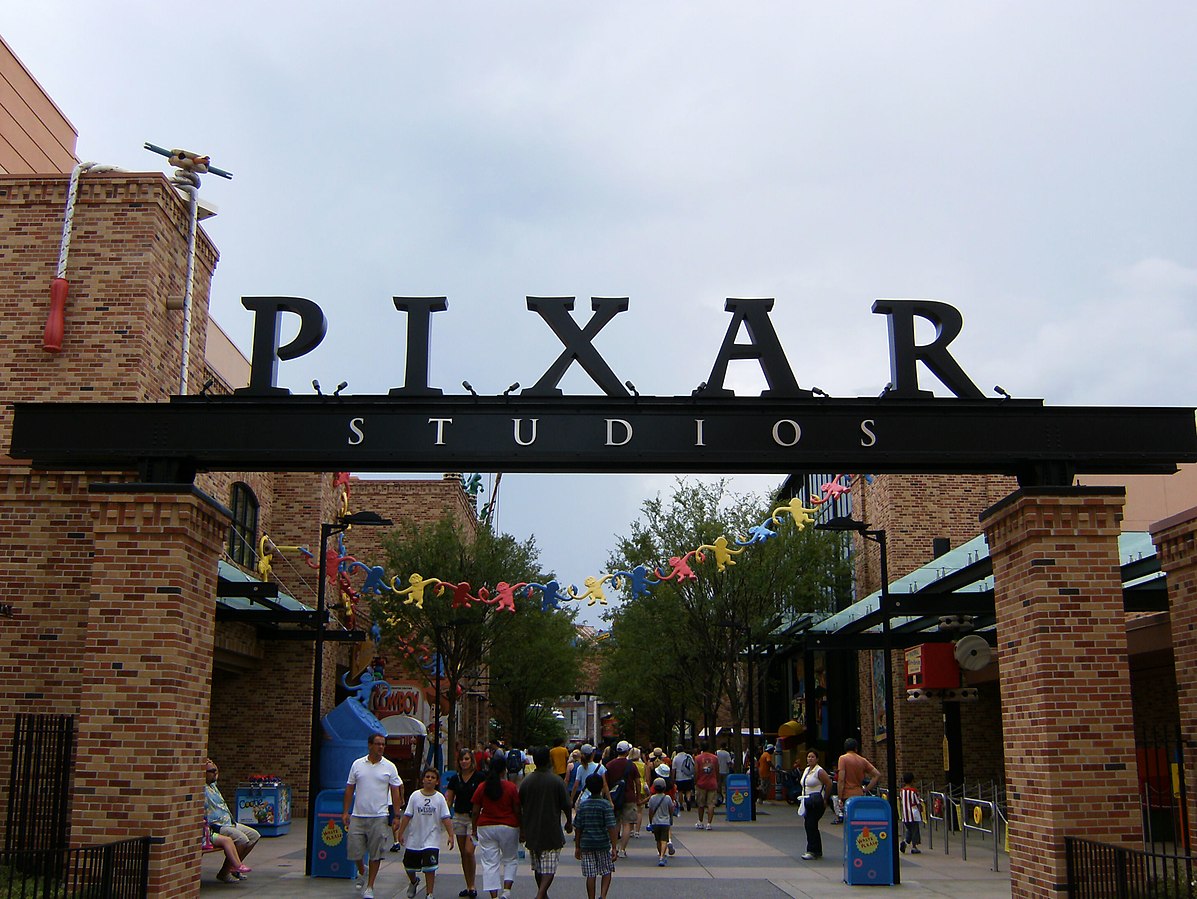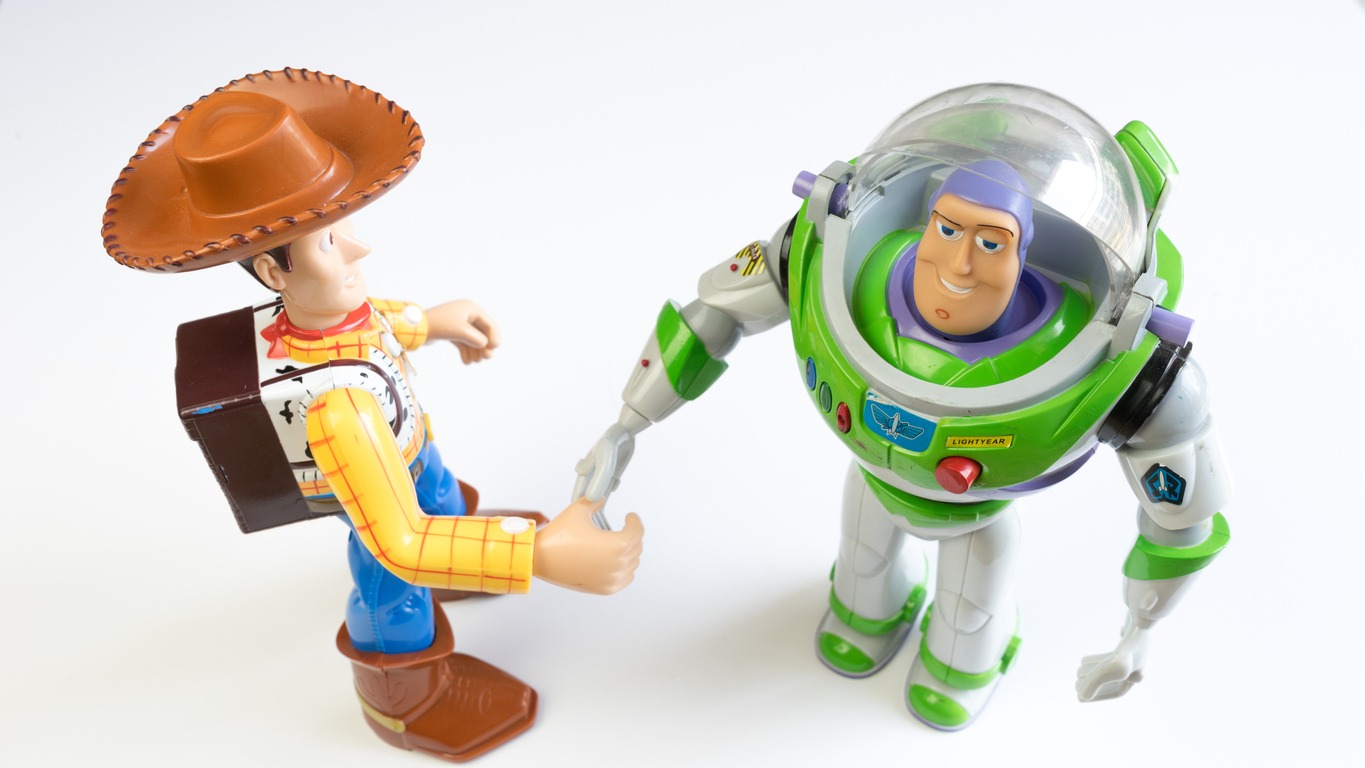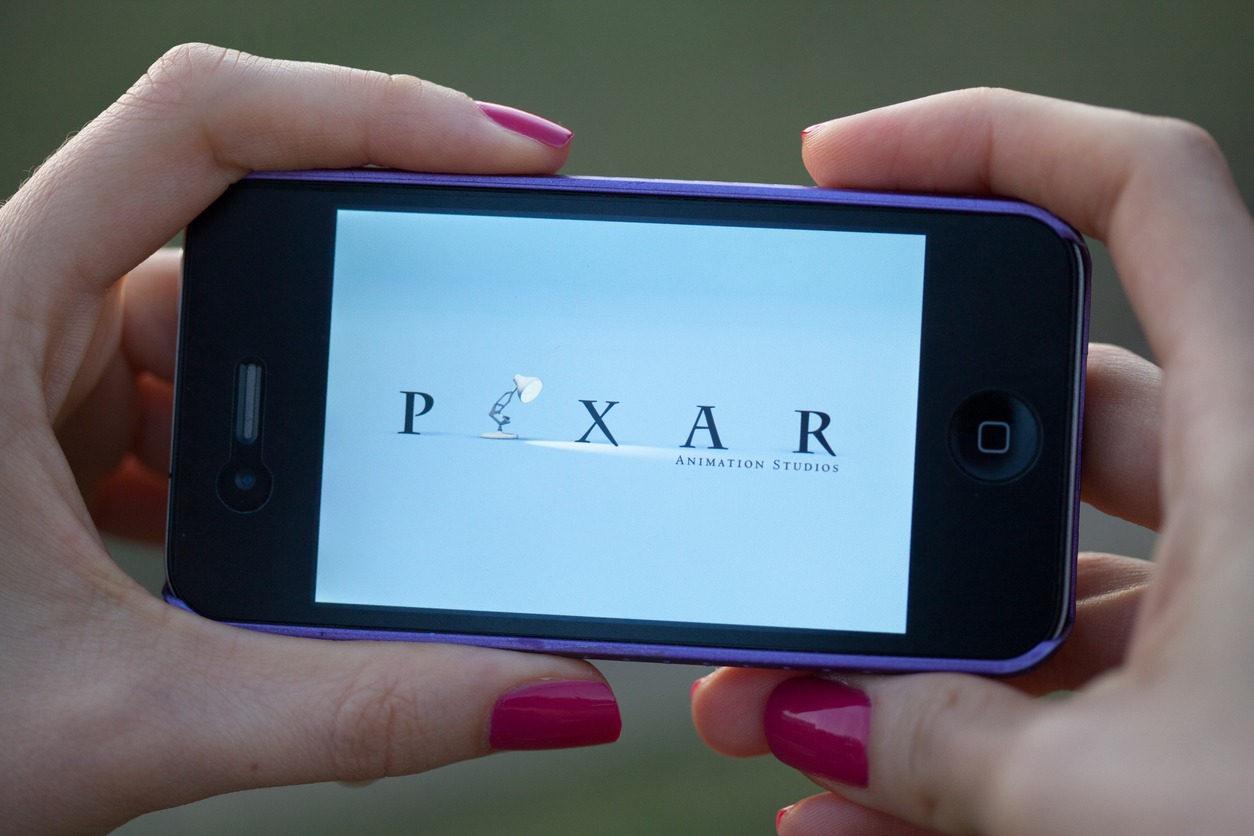Pixar Animation Studios, a name synonymous with innovation in the animation industry, has played a pivotal role in transforming the landscape of animated storytelling. Founded in the mid-1980s as a small division within Lucasfilm, it quickly ascended to become a leader in digital animation, forging a path marked by technological advancements and creative storytelling. But have you ever wondered how Pixar, from its humble beginnings, managed to transform the world of animation?
In this blog post, we’re diving into the incredible journey of Pixar Animation Studios, a trailblazer in the industry known for its innovative use of computer-generated imagery (CGI) and heartwarming storytelling. From the groundbreaking release of “Toy Story” to the creation of some of the most beloved animated films, Pixar’s impact on animation is both profound and inspiring. Join us as we explore how this iconic studio not only changed the way animations are made but also how they are perceived by audiences worldwide.
The Birth of Pixar
Early Beginnings and Visionary Founders
Pixar Animation Studios’ story began in the 1970s as part of the Graphics Group, the computer division of Lucasfilm. This small team, driven by innovation and a passion for technology and storytelling, laid the foundation for a future animation powerhouse.
The pivotal moment came in 1986 when Steve Jobs, co-founder of Apple, acquired the division and established it as an independent company named Pixar. Joining forces with him were Edwin Catmull, a computer scientist with a vision for digital animation, and John Lasseter, an animator who dreamed of taking storytelling to new heights.
Technological Pioneering
In its early days, Pixar was more focused on selling hardware and software, particularly the Pixar Image Computer. However, the team’s interest always skewed more towards animation.
The development and refinement of the RenderMan software, which allowed for the creation of high-quality, realistic images, became a cornerstone of Pixar’s animation success. RenderMan was instrumental in the creation of CGI for both their own films and major Hollywood productions.
First Steps in Animation
Pixar’s initial foray into animation was through short films. The first of these, “The Adventures of André & Wally B.,” directed by Lasseter, debuted in 1984. While still under Lucasfilm, this short demonstrated the potential of combining computer animation with traditional storytelling.
It was “Luxo Jr.,” a short film released in 1986, that truly put Pixar on the map. This simple yet captivating story of two desk lamps was the first to give life and emotion to inanimate objects, a theme that would become synonymous with Pixar’s films.
Establishing a New Animation Studio
With the ambition to create the first fully computer-animated feature film, Pixar began to shift its focus from technology products to animated filmmaking. This transition was bolstered by a landmark deal with Disney, which set the stage for the production of “Toy Story.”
The collaboration with Disney provided the necessary funding and distribution network, while Pixar brought its technological innovation and storytelling prowess to the table, setting the wheels in motion for a new era in the animation industry.
The Advent of Computer-Generated Imagery (CGI)
Pixar Animation Studios has been at the forefront of developing and utilizing Computer-Generated Imagery (CGI) in animation, playing a pioneering role that has reshaped the industry. From its inception, Pixar’s innovative use of technology in animation has not only set new technical standards but also opened up a world of storytelling possibilities.
Pixar’s journey in CGI began with its foundational technology, which was developed while it was still a part of Lucasfilm’s Graphics Group. One of the key early innovations was the development of the RenderMan software, which revolutionized the way CGI was rendered. This software allowed for the creation of more realistic and complex images, setting the stage for more sophisticated animations.
Over the years, Pixar has continued to push the boundaries of what CGI can achieve. The studio has been at the forefront of developing new techniques for simulating realistic environments, textures, and lighting in animation. For instance, the fur and cloth simulation in “Monsters, Inc.” and the intricate water and hair rendering in “Finding Nemo” and “Brave” showcased advancements in CGI that brought a new level of realism to animated films.
Beyond environmental rendering, Pixar’s use of CGI has significantly influenced character design and animation. The studio’s ability to create expressive, lifelike characters using CGI has been a game-changer. This is evident in the emotionally resonant and detailed facial expressions and movements of characters in films like “Up” and “Inside Out.”
Pixar’s pioneering work in CGI has not just impacted its own films but has also influenced the wider animation industry. Other studios have adopted similar CGI techniques, and today, CGI is a standard in animated feature filmmaking. Pixar’s approach to CGI, which balances technological innovation with storytelling, has set a benchmark in the industry.
“Toy Story” – A Milestone in Animation
In 1995, Pixar Animation Studios released “Toy Story,” a film that would become a landmark in the history of animation. As the first feature-length film created entirely using computer-generated imagery (CGI), “Toy Story” marked a revolutionary moment in the world of animated cinema. Its success proved that CGI was not only a viable tool for creating full-length movies but also an effective medium for storytelling.
“Toy Story” showcased an unprecedented level of technical innovation. Pixar’s artists and engineers developed new techniques for rendering lifelike textures, realistic lighting, and complex motion, bringing the animated characters and their world to life with a level of detail and realism never seen before in an animated film.
The film was not just a technological marvel; it was also an artistic triumph. It featured a compelling narrative, relatable characters, and emotional depth, setting a new standard for what audiences could expect from an animated film.
Impact on the Animation Industry
The release of “Toy Story” fundamentally changed the animation industry. It heralded the transition from traditional hand-drawn animation to digital techniques in the creation of animated feature films. Pixar’s success with “Toy Story” influenced other studios to explore and invest in CGI technology.
The film’s critical and commercial success also expanded the perception of animated movies being just for children. It proved that animation could appeal to all ages, offering sophisticated humor, engaging stories, and complex characters.
“Toy Story” laid the groundwork for numerous sequels and spin-offs, each continuing to build on the legacy of the original. The franchise itself became a cultural icon, endearing itself to multiple generations of viewers.
The techniques and storytelling approaches pioneered in “Toy Story” continue to influence filmmakers and animators. The film’s blend of technological innovation with strong storytelling set a template that many animated films still follow today.
Contributions of Pixar to Animation Beyond CGI
Pixar Animation Studios’ contributions to the world of animation extend far beyond their pioneering work in Computer-Generated Imagery (CGI). The studio has made significant impacts in various aspects of animation, influencing the industry in storytelling, character development, and creative culture.
- Storytelling Excellence: Pixar is renowned for its compelling and emotionally rich storytelling. Their approach often involves universal themes that resonate with both children and adults, blending humor, heart, and depth. Films like “Up,” “Inside Out,” and “Coco” are prime examples of how Pixar uses animation to explore complex emotions and life experiences.
- Character Development: Pixar has been instrumental in elevating the art of character development in animation. Their characters are multifaceted, with distinct personalities and growth arcs that engage audiences. This focus on character-driven narratives is a hallmark of Pixar’s films, setting them apart from traditional animation.
- Artistic Innovation: Beyond technological advancements, Pixar has consistently pushed the boundaries of artistic expression in animation. This includes unique visual styles, creative design choices, and innovative use of color and lighting to enhance storytelling and emotional impact.
- Industry Standards and Best Practices: Pixar’s commitment to quality and innovation has raised the bar for the entire animation industry. Their production processes, from rigorous storyboarding and iterative design to detailed attention to every aspect of filmmaking, have become industry standards.
- Collaborative and Creative Work Culture: Pixar is known for its collaborative and inclusive work culture, which fosters creativity and innovation. This environment encourages employees to contribute ideas and take creative risks, leading to richer and more diverse storytelling.
- Educational Contributions: Pixar has contributed to education in animation through Pixar University and online platforms like Khan Academy. These initiatives offer training and resources in animation and storytelling, making the craft more accessible to aspiring animators and enthusiasts.
- Expanding the Audience for Animation: By consistently producing high-quality films that appeal to a wide range of audiences, Pixar has played a key role in expanding the global audience for animated films. They have proven that animation can be a medium for all ages, not just children.
- Cultural Impact: Pixar’s films have made a lasting impact on popular culture, with characters and stories that have become deeply embedded in the public consciousness. Their influence extends beyond cinema to other media, merchandise, theme parks, and more.
In essence, Pixar’s contributions to animation are multifaceted, blending technological prowess with storytelling artistry, character depth, and a culture of creativity and collaboration. These aspects have not only defined Pixar’s success but have also significantly influenced the direction and evolution of the broader animation industry.
Conclusion
In conclusion, Pixar Animation Studios has undeniably revolutionized the animation industry, setting new benchmarks in both technology and storytelling. From introducing the world to the wonders of CGI with “Toy Story” to consistently delivering emotionally rich narratives, Pixar has reshaped how animated stories are told and perceived. Their legacy goes beyond their impressive catalog of films; it lies in their lasting influence on the industry, inspiring a new era of creativity and innovation in animation. As Pixar continues to push boundaries and captivate audiences, its impact on the animation world remains profound and enduring. Pixar’s innovative approach to animation is just one aspect of how animated films captivate audiences. Dive into What Role Does Music Play in Enhancing Animated Films? to discover how soundtracks and scores are pivotal in bringing animated stories to life, complementing the visual artistry pioneered by studios like Pixar.





